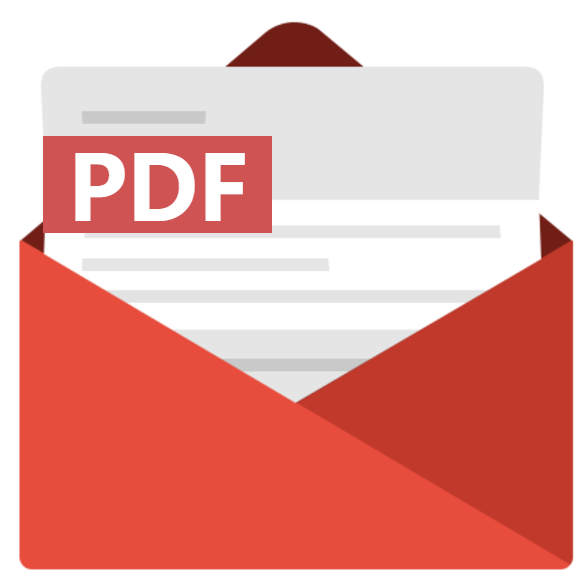Home > Healthcare > Pharmaceuticals > Active Pharmaceutical Ingredients > Active Pharmaceutical Ingredients Market
Active Pharmaceutical Ingredients Market Size
- Report ID: GMI5415
- Published Date: Jan 2023
- Report Format: PDF
Active Pharmaceutical Ingredients Market Size
Active Pharmaceutical Ingredients Market size was valued at over USD 228.5 billion in 2022. Driven by the increasing prevalence of chronic diseases, the industry is estimated to expand at more than 6.5% CAGR from 2023 to 2032.
Increasing uptake of biopharmaceuticals is anticipated to fuel active pharmaceutical ingredients market progress. The popularity of biopharmaceuticals due to their ability of addressing previously incurable disorders has provided lucrative opportunities for new medications and R&D initiatives focusing on rare diseases. For instance, in 2022, Bluebird Bio, Inc. received FDA approval for its SKYSONA (elivaldogene autotemcel), dedicated to deaccelerating the progression of neurologic dysfunction with individuals suffering from cerebral adrenoleukodystrophy (CALD).
| Report Attribute | Details |
|---|---|
| Base Year: | 2022 |
| Active Pharmaceutical Ingredients Market Size in 2022: | USD 228.5 Billion |
| Forecast Period: | 2023 to 2032 |
| Forecast Period 2023 to 2032 CAGR: | 6.5% |
| 2032 Value Projection: | USD 453 Billion |
| Historical Data for: | 2018 to 2022 |
| No. of Pages: | 295 |
| Tables, Charts & Figures: | 423 |
| Segments covered: | Therapeutic Category, Synthesis Type, Contract Outsourcing Type, Application, Drug Type, and Region. |
| Growth Drivers: |
|
| Pitfalls & Challenges: |
|
Furthermore, rising drug R&D initiatives by public and private players, fueled by growing government investments, are also benefitting the industry outlook. In June 2022, Evonik, specialty chemicals firm, together with the U.S. government, invested over USD 220 million in extending lipid production capacity for mRNA-based therapies in the country.
Dynamic pricing policies may restrain industry progression
Unfavorable drug price control policies is a major factor restraining the market development. These policies may appear to be cutting costs and improving access to medications and biopharmaceuticals, but they impact drug producers by slowing both their top and bottom-line growth. Nonetheless, in the coming years, consistent efforts by price regulators are speculated to support in overcoming this issue. Citing an instance, the National Pharmaceutical Pricing Authority of India allowed a 50% price hike for three drugs due to the high prices of APIs in them.

